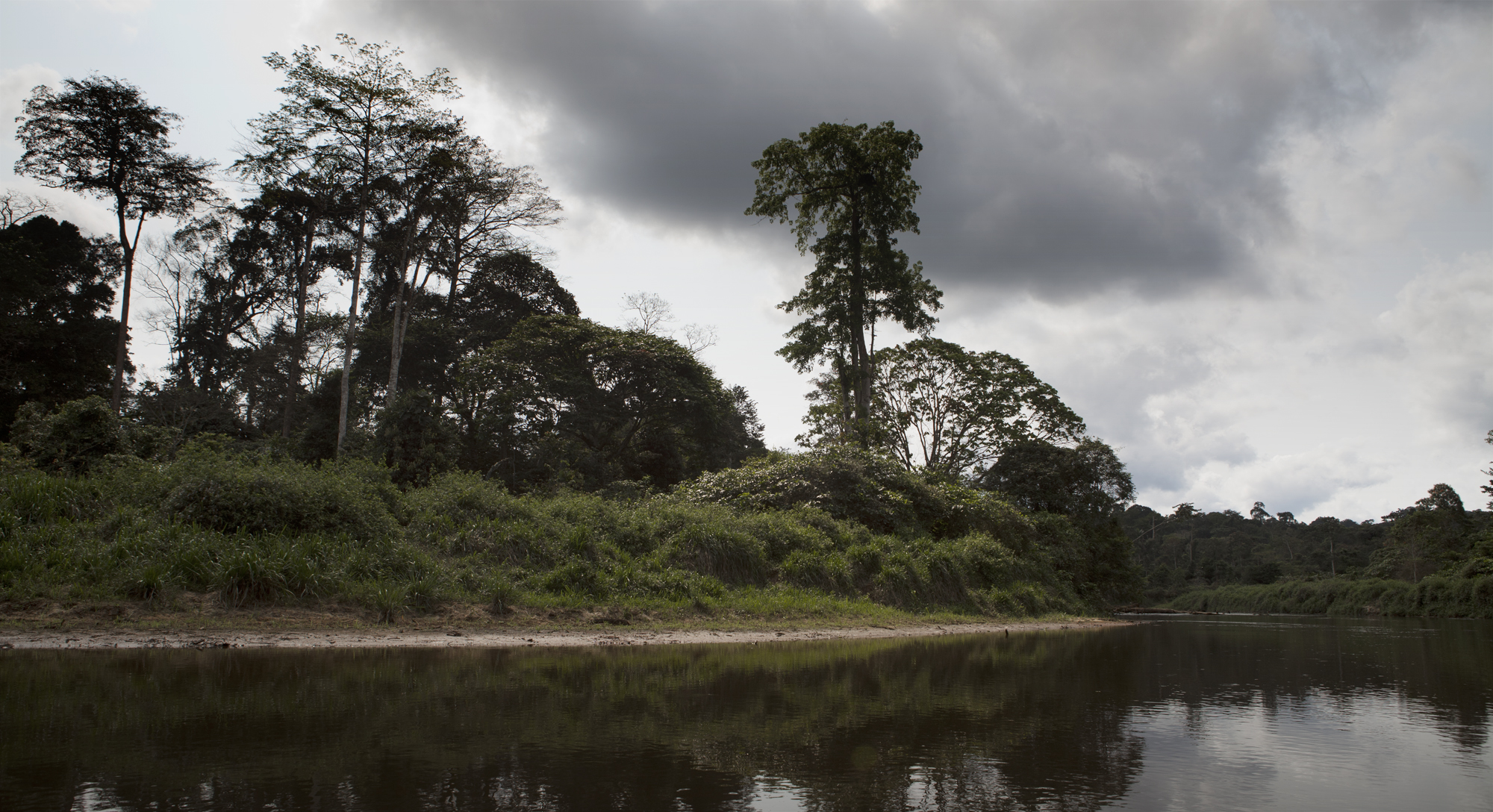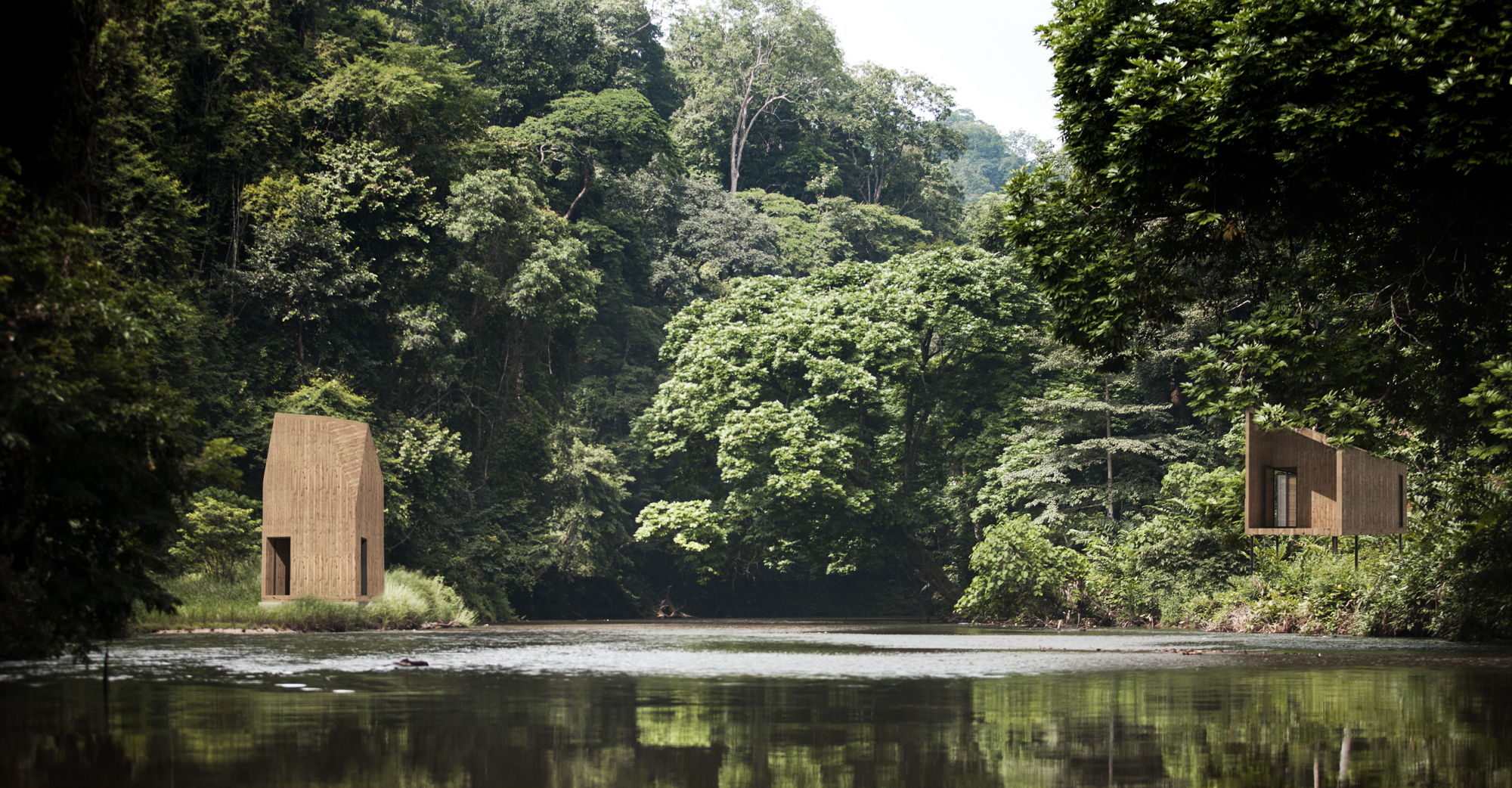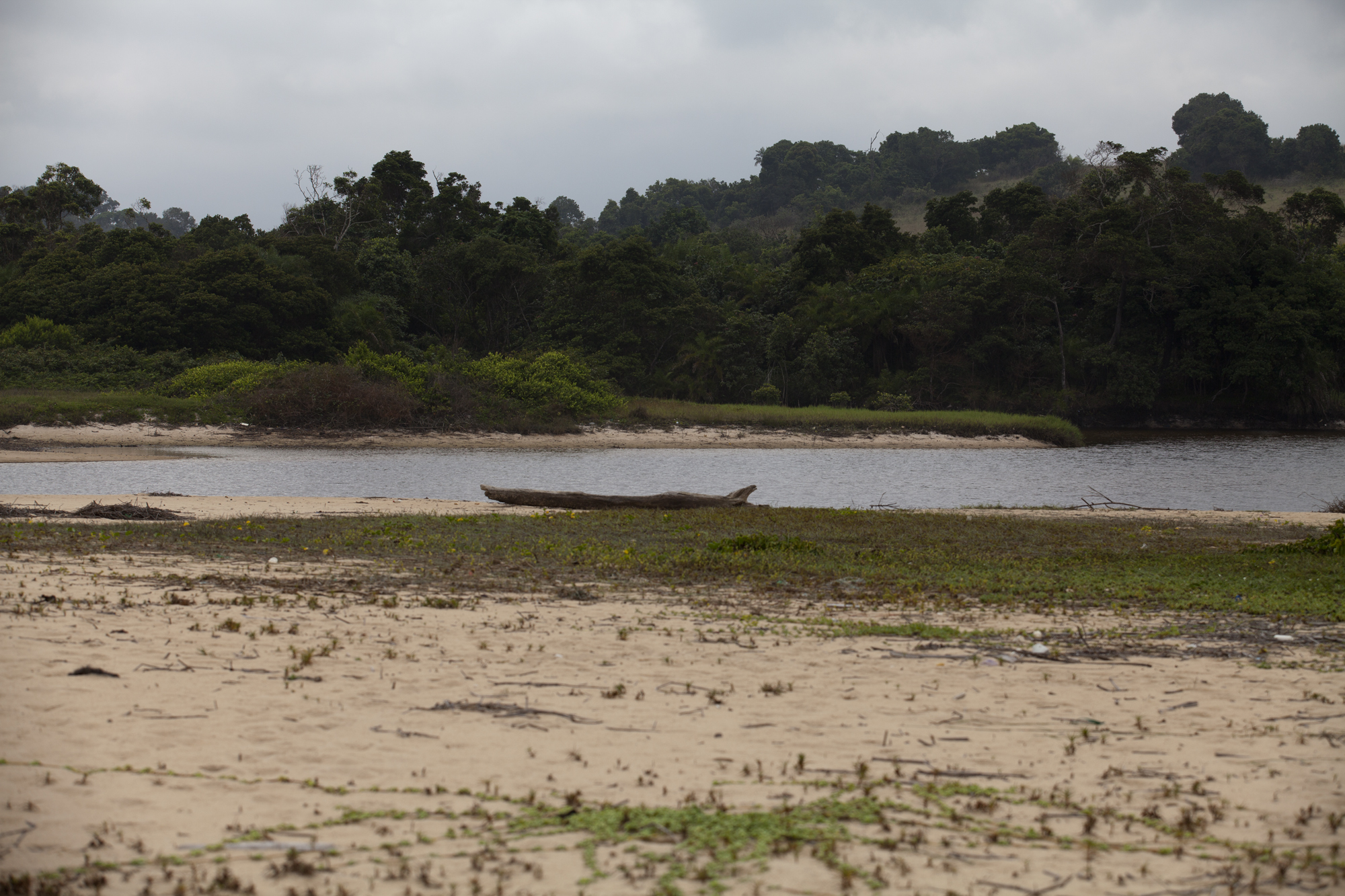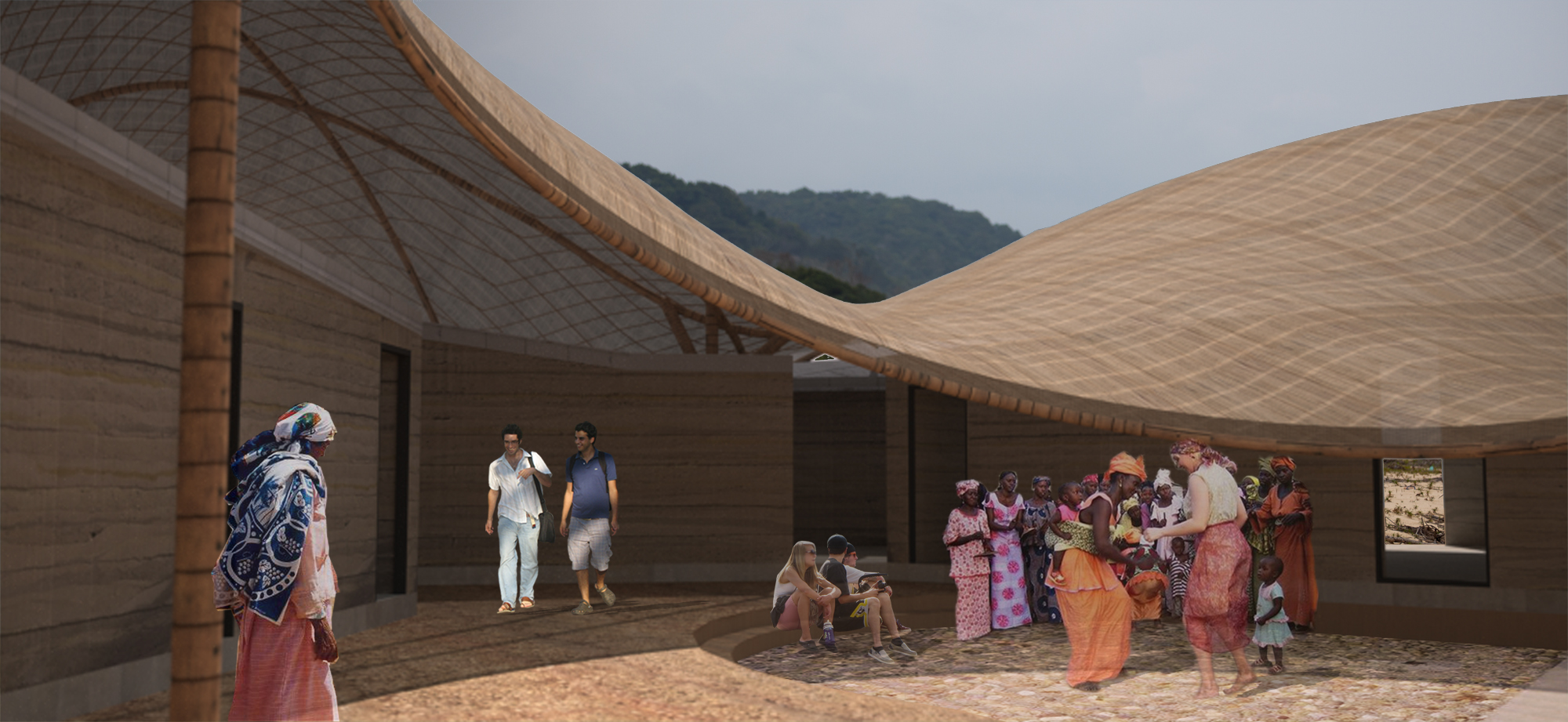Niandji
Interpretation centres, and the increased awareness that they foster, ensure the development of tourism within the various national parks delimited by the governments to protect fragile territories while creating an ecological and human project that is easily integrated in the cultural landscape. In these particular cases, architecture becomes leverage for setting forth these territories’ mythical and diverse landscapes, all while allowing users to be fully immersed in this sensitive nature.
Place : Conkouati-Douli National Park, Republic of the Congo
Surface : 100 m2
Client : WCS
Phase : Phase 2, conception
Photos : Marilène Blain-Sabourin, Architect








By revitalizing local culture and architecture to limit the impact on the environment and ensure locals accept the project, the Niandji interpretation centre wishes to create a gathering site that fosters exchanges and learning, where WCS scientists, tourists, and villagers evolve collaboratively. Thus, the architectural intervention puts forth the implementation of three poles in accordance with the landscape, namely welcoming tourists, accommodation, and a science centre at the main site. Secondary accommodations are also offered on satellite sites scattered throughout the national park territory. Whether it be along rivers or within the fully protected forest, these accommodations help raise tourists’ awareness about flora and fauna conservation, while providing an observation and research site for WCS scientists. Finally, the use of traditional construction techniques and in-situ materials (soil, raffia, wood) is conducive to job creation and the transfer of know-how to guarantee the project’s sustainability as well as the populations’ autonomy.